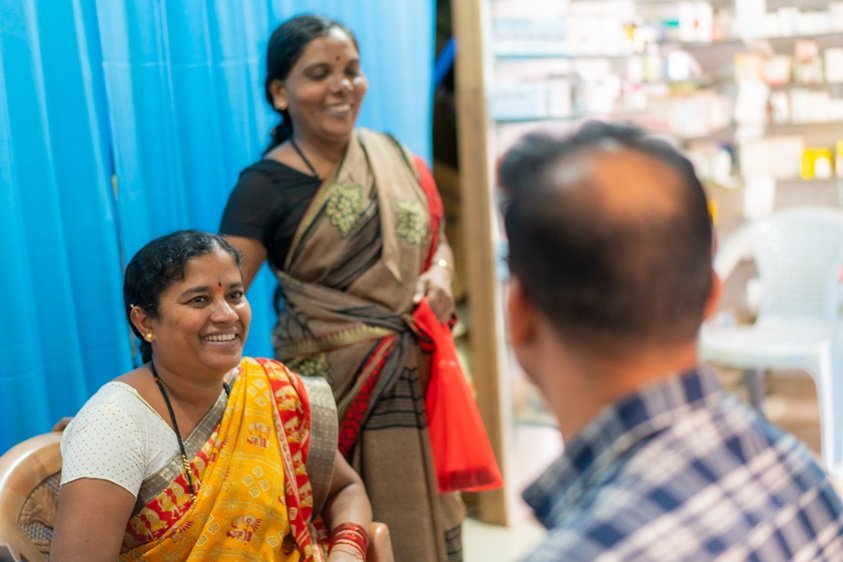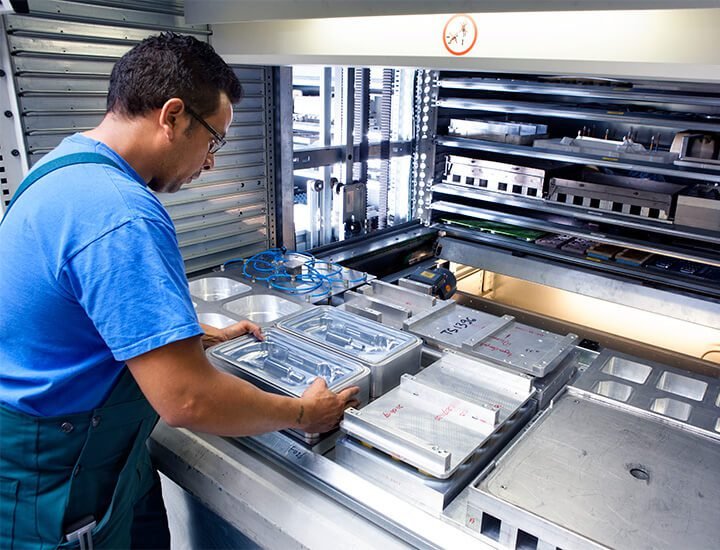How telemedicine has empowered women to access better healthcare in rural India?
11th March, 2024 | By By Smriti Tandon, Co-founder, Online Chikitsa Mitra
Bridging the Healthcare Divide: The Empowering Role of Telemedicine for Women in Rural India

One cannot forget the iconic childbirth scene from the movie 3 Idiots - when the power of the internet (alongside brilliant engineering) helps a woman in need of medical attention connect to a doctor, miles away. That was likely India's first encounter with tele consultation under the mask of cinematic humour.
Years after that film, we can say that digitized healthcare has seen significant advancements in recent years. Telemedicine has been instrumental in providing essential healthcare services tailored to the unique needs of women in India& rural and remote areas. A trend further accelerated by the COVID-19 pandemic, pushing us and healthcare providers towards digital consultations. A 2020 report states that around 81% of doctors in Northern India have adopted telemedicine.
Let's identify the challenges in women's healthcare that telemedicine is designed to tackle.
Major Challenges in Rural Women's Healthcare
Women in rural India face a complex web of socioeconomic challenges that contribute to their declining health and sense of self-empowerment. According to a 2023 survey published by BMC Health Services Research, common barriers to health intervention include the "lack of support from husband" and "lack of support from family".
Another pressing concern is maternal nutrition. Despite the critical need for adequate nutrients during pregnancy, many women in rural settings face malnutrition due to societal practices. This nutritional deficit not only affects maternal health but also contributes to the most common causes of maternal deaths. Additionally, the fear of judgment and ostracization prevents women from prioritizing their own needs, stemming from a lack of awareness, education, and access to affordable yet high-quality healthcare systems. Moreover, traveling miles for a healthcare check-up, due to unavailability of doctors and specialists in rural areas, is a major concern. Despite these challenges, the advent of telemedicine has emerged as a transformative force in bridging the healthcare gap for women in remote areas.
How digital solutions have empowered women
A systematic review released in 2023 via BMC states that despite 75% of certified consulting doctors stationed in urban areas, only 23% served in semi-urban regions, with a mere 2% in rural locales. With this improper distribution, many care-seeking women who live in remote and underserved areas are left with limited access to specialized medical care, impacting their health outcomes and quality of life.
However, digital solutions like telemedicine have emerged as a powerful tool in addressing this disparity. By connecting women with a diverse range of medical specialists, including cardiologists, pulmonologists, gynaecologists, obstetricians, and more, telemedicine expands the reach of women's healthcare. With a large number of specialist doctors in cities like Delhi, Chennai, Ahmedabad connected to the internet, telemedicine increases the availability of healthcare professionals in every remote neighbourhood in the country.
This accessibility eliminates the need for women to undertake long journeys to urban medical centres, ensuring timely and high-quality healthcare services. Furthermore, telemedicine offers comprehensive care by establishing a long-term partnership with patients, providing continuous surveillance, support, and guidance throughout their healthcare journey. A widespread adoption of this approach will ensure that women receive the necessary attention and assistance, contributing to improved health outcomes and overall well-being.
Government initiatives that foster rural healthcare
The Ayushman Bharat Digital Mission (ABDM), launched in 2021, aims to create a national digital health ecosystem, that strives to enhance the availability, affordability, and accessibility of healthcare. Other government initiatives, such as the SEWA Rural Health program in Gujarat, empower rural health workers to use basic technologies, significantly impacting maternal and child health outcomes. Introduction of Electronic Health Records (EHRs) and Hospital Information Systems (HIS) further enhances the efficiency of healthcare delivery in public facilities. EHRs enable healthcare providers to maintain and share medical records efficiently, ensuring continuity of care for women in rural areas. Telemedicine, coupled with government initiatives and technological interventions, has the potential to revolutionize women's healthcare in rural India. By addressing socio-economic challenges, gender biases, and enhancing accessibility, telemedicine contributes to improved health outcomes and overall well-being. As we celebrate Women's Day, it is crucial to recognize and support these initiatives that empower women to take control of their health and well-being.
Medtech Special
- Europe: Sanoculis Earns CE Mark for MINT® Device in Glaucoma Treatment
- ZEISS Celebrates 2 Million Digitally-Planned Cataract Cases in the U.S.
- FDA Approves WiSE® System in U.S. – World's First Leadless LVEP Device for CRT
- AMT Medical Secures $25 Million in Series B Funding to Revolutionize Coronary Artery Bypass Surgery
- Fresenius Kabi Powers Smart Anesthesia with AI Monitoring, TIVA Pumps, and Global Expansion
- USA: THINK Surgical Performs First Implantation of Maxx Orthopedics' Freedom® Knee with TMINI® Robotic System
- Medline Secures FDA Clearance for REFLEX® HYBRID Nitinol Implants
Artificial Intelligence Breakthroughs
- Imidex’s FDA-Cleared Lung Cancer Detection Algorithm Acquired – U.S.
- Taiwan: JelloX Collaborates to Advance 3D Pathology for HER2+ Breast Cancer Treatment
- Eko Health Launches AI Stethoscope Platform in the UK
- Optellum & Bristol Myers Squibb Partner to Advance Early Lung Cancer Detection with AI
- Subtle Medical & Strategic Radiology Partner in the U.S. to Expand Access to SubtleELITE™ AI Imaging Suite
- Florida Theranostics Introduces United Imaging’s uMI Panorama™ Digital PET/CT in Palm Beach County – U.S.
- Eko Health Launches CORE 500™ Digital Stethoscope and Eko+ Membership in Canada
Robots In Medtech
- Australia's University of Queensland Unveils shape-shifting Liquid Metal Robotics
- India's SS Innovations makes history with first robotic cardiac surgery in Indonesia
- Momentis Surgical Secures FDA Clearance for Advanced Anovo® Robotic Platform, Setting New Standards in Single-Incision Surgery
- Momentis Surgical expands to general surgery market with FDA 510(k) clearance for its Anovo Robotic system
- Intuitive and India-based KIMS Hospitals sign MoU to launch 25 new robotic surgery programmes
- ZEISS introduces its latest Robotic Visualisation System for neuro surgery
- Surgical robotics pioneer Intuitive opens Global Capability Centre in Bengaluru, India
Asia Pacific
Global / International
© 2023 MM Activ Sci-Tech Communications. All rights reserved | Disclaimer


















